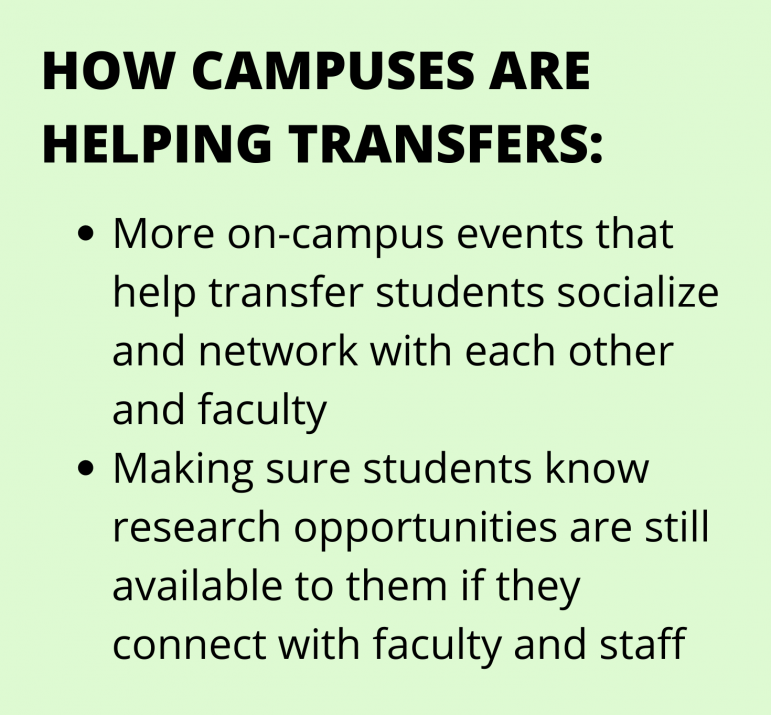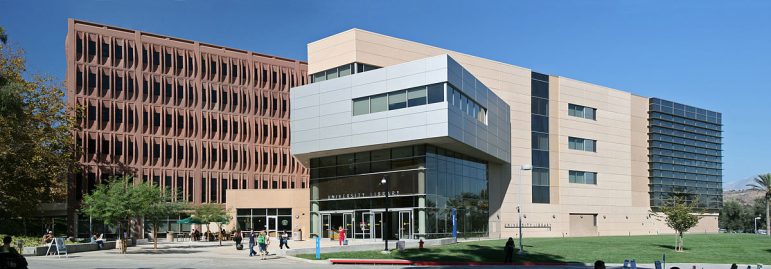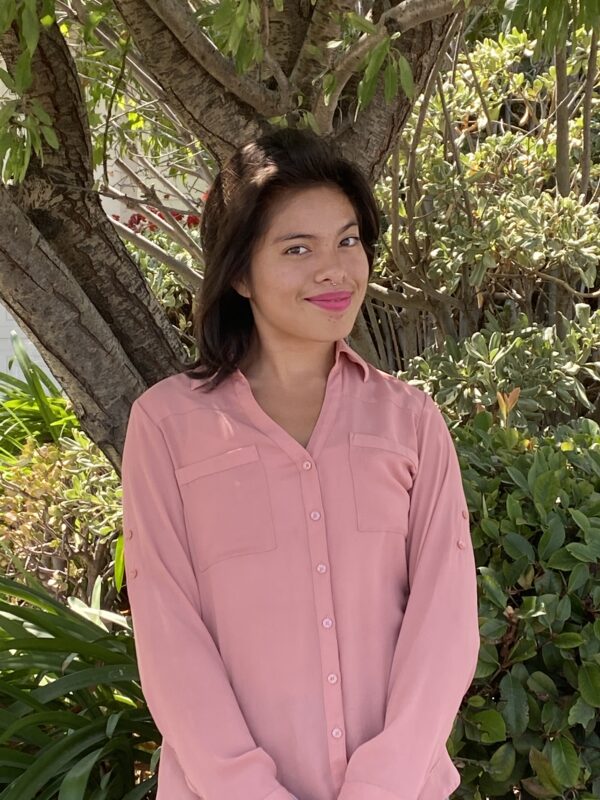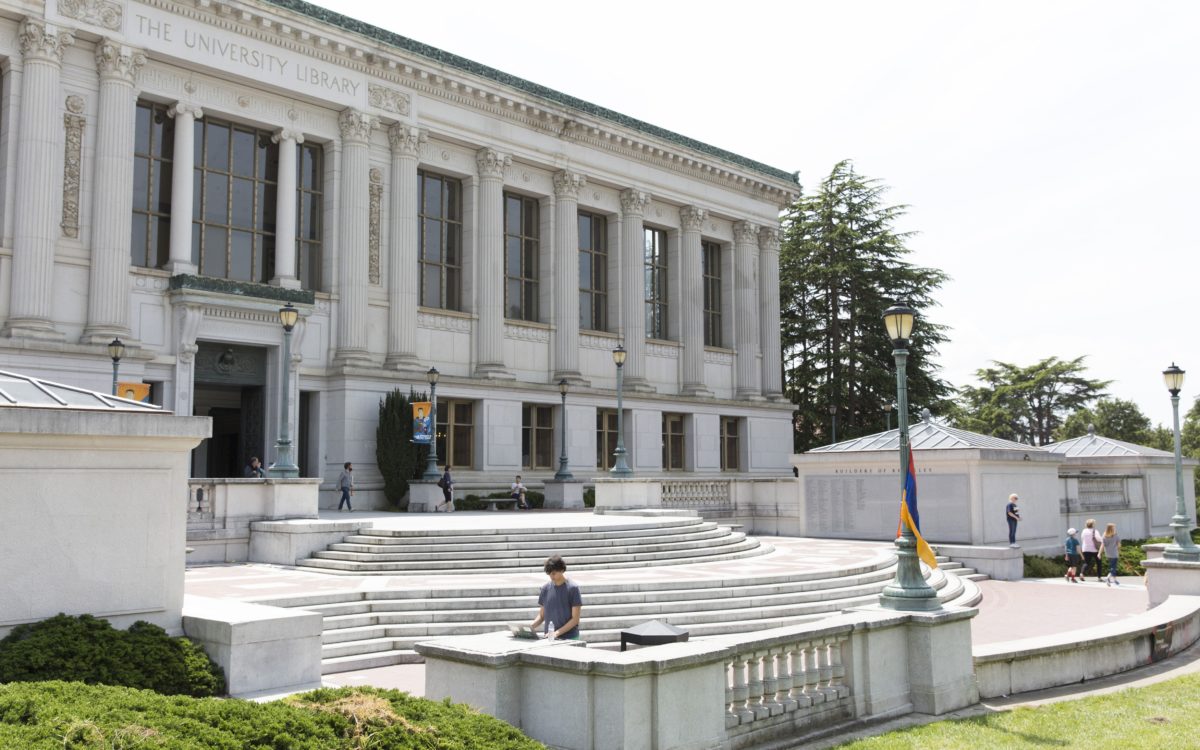The coronavirus pandemic cost some transfer students more than worry and anxiety over falling ill. It cost them internships and research opportunities, chances to work closely with renowned faculty, and even travel abroad as part of their studies.
With less time on campus than the traditional freshmen or sophomores who arrive as high school graduates, some question whether transfer students can get any of that time and those opportunities back.
“That’s the thing we don’t talk about,” said Alexis Zaragoza, a transfer student at the University of California, Berkeley. “I have friends graduating right now, and they entered the pandemic only having one semester of actual college and doing college things as transfer students. To me, that’s a significant loss of time.”
Students missed out on opportunities to travel to Washington, D.C., for a semester or participate in state government as part of UC’s Sacramento program, she said. These college programs and activities are essential to giving students, especially low-income students like Zaragoza, opportunities to network and expand their experiences.
“How many students are losing the only time in their life with free funding opportunities to go do these things, to go to Europe and do research?” she said. “As low-income students, we can’t afford that on our own time. Once you graduate, it’s harder to find funding and have those opportunities.”
Looking for new ideas
Colleges are taking a new approach to how they welcome transfer students to their campuses this fall given how the last year has played out for these students.
“Transfer students have a limited window of opportunity on campus, and their timeline is compressed,” said Judith Brauer, associate director at the National Institute for the Study of Transfer Students at the University of North Georgia. “And coupled with that, we know unfortunately at a lot of universities there is still a bias or unconscious focus on first-time freshmen coming from high school.”
Transfer students, who mostly come from California’s 116 community colleges, typically spend two years at the university before graduating and moving on to careers or graduate school. Nearly 70,000 transfer students are enrolled across the 23-campus CSU system. At UC’s nine undergraduate campuses, there are 50,510 transfer students among the 226,000 undergraduates.

Brauer said transfer advisers are worried that these students haven’t spent much time on campus and are even losing “informal opportunities” that they would learn about face-to-face, such as social events, scholarships, future jobs or research opportunities dropped during informal discussions while walking in a hallway.
“A lot of schools aren’t intentional about study abroad or undergraduate research opportunities,” she said. “And those things … our research shows they really help students academically enhance their college experience, and having less access to those could be detrimental.”
Some campuses, like UC Berkeley, are “ahead of the curve,” but because of the pandemic, it may be challenging for even those colleges that have strong transfer centers to connect with these students, Brauer said.
Bringing students together
Steven Nguyen, the Berkeley campus’ transfer center program director, said he and his colleagues have been planning and focusing on building a community and connections for the transfer students who arrive on campus this fall. Berkeley hosts about 3,500 transfer students each year.
“I know these last two years have been difficult, for myself included,” he said. “I’m an extrovert, and being home and on Zoom is not the same thing. So, we’re planning large, outdoor events right now based on local guidance and city and county rules.”
Those events would cap participation at 200 students and connect transfer students around similar backgrounds, such as their majors, community colleges or living situations. The point is for them to meet one another and make friends, but the events will also promote self-care and give students time to de-stress. For example, one event could focus on a yoga session, Nguyen said.

There is a lot of concern about transfer students and how the pandemic has affected them. A Berkeley campus survey of about 1,400 students found more transfer students were delaying their time to a degree than first-year students. On average, transfer students take 2.14 years, or two years and a semester, to graduate, Nguyen said. The survey found 28% of transfers were considering an extra semester or more time to graduate compared with 8% of freshmen.
That extra time could be for a variety of reasons.
“Some students I’ve worked with have said they aren’t going to come to Berkeley in an online modality, or they’re not going to pay tuition to attend online,” he said. “I’ve met some students who are very upfront and stubborn about that. And some students have experienced some loss and need time to recover from the trauma they experienced this past year.”
Looking for a reset
At Cal Poly Pomona, a survey sent to all students found first-year freshmen and junior-year transfer students — groups that have had no face-to-face contact — are eager for a “reset” and want some type of engagement that is different from the traditional experience, said S. Terri Gomez, associate provost for student success, equity and innovation at the CSU campus.
“These are not new college students, so they have a certain skill set that is helping them to transition,” Gomez said. “So, there are some things we’re going to do for freshmen as we’re thinking of that second-year experience that we’re probably not going to emphasize as much with transfers. So, for transfers, career engagement, internships and research opportunities are at the top of their list of things, and they have a certain sense of urgency.”

Nearly half of Pomona’s students are transfers, and 65% of them identify as first-generation students. The Pomona campus already has a strong program called PolyTransfer that provides dedicated staff, activities and programming to transfer students and starts “onboarding” them in the summer.
The PolyTransfer program helped Jezzabella Jimenez, a communications major who transferred to the Pomona campus last summer, transition to her new university despite the remote environment by introducing her to her mentors.

“It helped me as a transfer to feel a sense of belonging and community,” she said. Jimenez, who identifies as Hispanic and Asian, and first-generation, transferred from Mission College in Santa Clara, more than 400 miles away from the university.
But that doesn’t mean this year has been easy. Jimenez initially hoped to study abroad but decided against it because she wants to stay on track to graduate in 2022 and attend graduate school.
“I picked this school because I loved the physical setup of the campus,” she said, pointing to a little-known on-campus hiking path. “They have the Bronco Recreation and Intramural Complex, a pool, a BBQ pit, a Jamba Juice on campus, a 24-hour library. We still had to pay, and we didn’t get to use any of those services. I plan on using the services on campus. I want to go to the library in person.”
Making it work
Transfer students who may have “lost time” during the pandemic can still take advantage of opportunities to study abroad and join activities.
“We realize that you’re only an undergraduate once in a lifetime, and we want to make sure that once-in-a-lifetime experience is what you signed up for,” Nguyen said. “For the students who want to do study abroad, even if time has run out, they’ve been able to do that.”
Nguyen said he knows transfer students who add a third year and spend it studying in another country.
“Our campus can be accommodating when it comes to research,” he said. “If a student is running out of time and wants to work with a professor on a research area, then the campus is pretty accommodating in meeting their needs.”
For this coming fall, Jimenez said there are changes campuses could make if they want to help transfer students make up for the lost time. For example, students now have to make reservations for some study spaces on campus because of social distancing.
“There should be a priority list where transfer students and seniors get the space first,” she said, “because they won’t have an opportunity to get it next year, and they didn’t have the opportunity last year because of Covid.”
